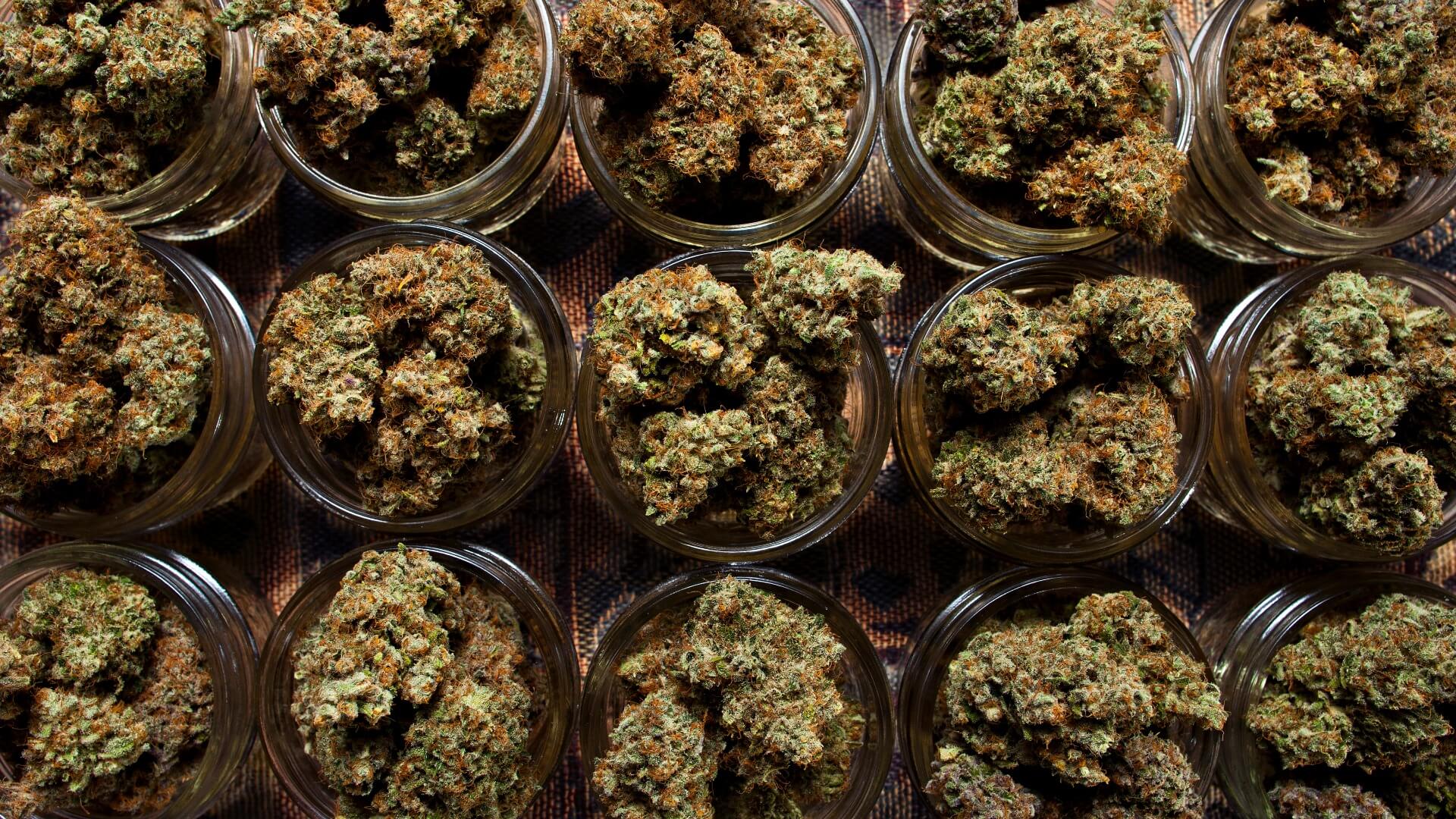You want a high that will lend you creativity and keep you alert? Choose a sativa. Are you looking for something that will help with sleep or numb your physical pain? An indica is your best bet. Right? Not quite. The differences between indica and sativa cannabis plants lie not in the physiological effects they produce, but in their geographical origin and physical features.
What’s the Difference Between Indicas and Sativas?
It would be so simple if we could determine how to use cannabis based on its identification as a sativa or indica. Unfortunately, the reality is far more complicated. The real question is not what distinguishes a sativa from an indica, but what distinguishes one strain from another. According to Dr. Ethan Russo, expert cannabis researcher and author, “the sativa/indica distinction as commonly applied in the lay literature is total nonsense and an exercise in futility.” That’s a pretty harsh judgment on a lot of popular blog posts comparing indicas and sativas, but it comes from a board-certified neurologist, psychopharmacology researcher, and medical director of a biotechnology company researching and developing innovations targeting the human endocannabinoid system. If anyone is allowed to have an authoritative opinion on the usefulness of indica/sativa nomenclature, it is Dr. Ethan Russo. Instead of focusing on indica versus sativa—categories that do no more than describe what a given cannabis plant might look like—Russo argues that the most effective way to evaluate cannabis’ effects is to “quantify the biochemical components of a given Cannabis strain and correlate those with the observed effects in real patients.” If you really want to know how a cannabis product is going to treat a certain condition, identify the chemical compounds in the product and then analyze how that specific combination of chemicals affects a certain population. Until recently, the majority of the cannabis market has been exclusively preoccupied with amount of THC in a given cannabis product. However, Dr. Russo explains that the plant’s medicinal effects are dependent on the synergistic relationship between all of the cannabinoids along with its terpenes. According to Russo, these compounds work together in a phenomenon known as the entourage effect. In other words, cannabis’ medical efficacy is not a result of its THC content, or CBD content, or linalool content, or beta-carophyllene content, but instead, the way each of its chemical compounds influence the other to produce certain physiological effects. Russo asserts that the entourage effect has the potential to treat “pain, inflammation, depression, anxiety, addiction, epilepsy, cancer, fungal and bacterial infections.” Dr. Russo leaves the scientific community, press, and public with this advice regarding the indica versus sativa question: stop asking it. “Abandon the sativa/indica nomenclature,” Russo urges. “Rather insist that accurate biochemical assays on cannabinoid and terpenoid profiles be available for Cannabis in both the medical and recreational markets. Scientific accuracy and the public health demand no less than this.”
Physical Characteristics of Indicas
The word indica is generally used to refer to the psychoactive variety of the cannabis plant known for the short, squat stature that makes it suitable for hardy growing conditions. It is believed that these plants originated somewhere in Asia. According to 2014 Geographical Review article by Barney Warf, Mongolia, southern Siberia, the Huang He Rivery valley, the Hindu Kush mountains, and Afghanistan have been suggested as possible locations where the plant first evolved. The environments in these locations are volatile, leading to the evolution of a plant that can withstand a wide range of temperatures and weather patterns. Indicas are popular among cultivators for their shorter flowering periods. It takes indicas approximately 8 – 12 weeks to reach maturity, a significantly shorter amount of time than it takes sativas. Indicas evolved in a way that allowed them to flower in environments that have short transition periods between fall and winter. The indica’s short height is another evolutionary advantage. Their leaves are clustered together so that they can better withstand inclement weather. The short plants do not shade themselves out with great height making it possible for them to maximize exposure to sunlight. They are also an ideal species to grow indoors because they take up much less space than their lanky sibling, sativa.
Physical Characteristics of Sativas
When people use the word sativa, they are talking about a psychoactive variety of the cannabis plant characterized by a tall, thin stature and preference for growing in tropical conditions. As it is today, the evolution of the cannabis plant has been highly influenced by human intervention. Warf credits the movement of cannabis around the globe to nomadic tribes that cultivated and used cannabis as they traveled across continents. As the plant was introduced to each new environment, it adapted in order to survive. Sativas are adapted to grow in equatorial regions where the amount of sunlight does not change much year-round. The flowering period of a sativa is lengthy, taking approximately 6 months to reach maturity. The sativa’s length and spread out foliage allows increased airflow between its leaves. This protects the plants from developing mold and fungus given the amount of humidity typical in tropical regions.



